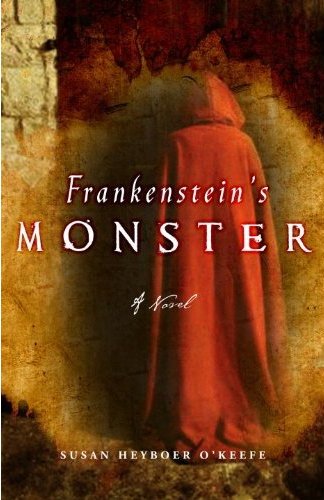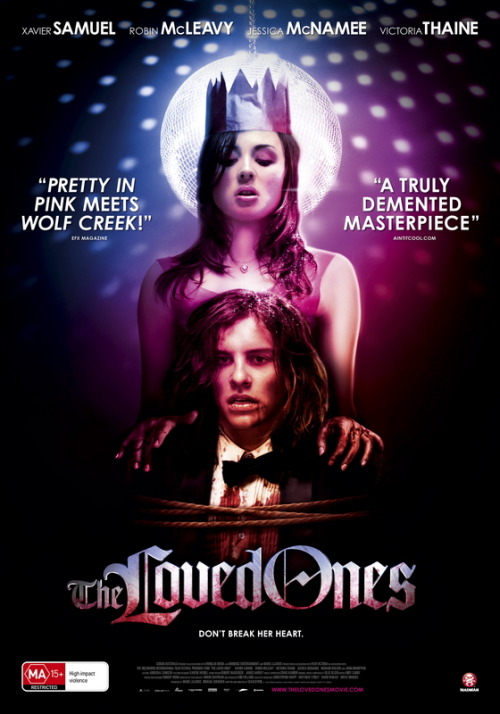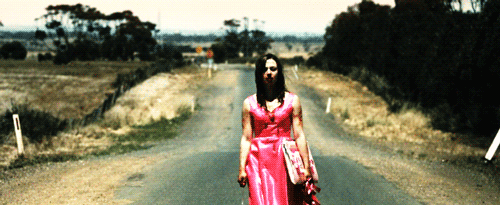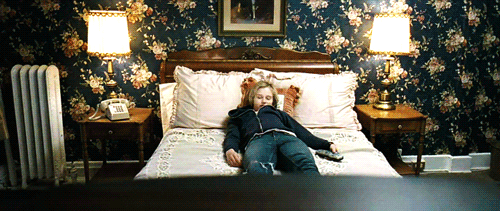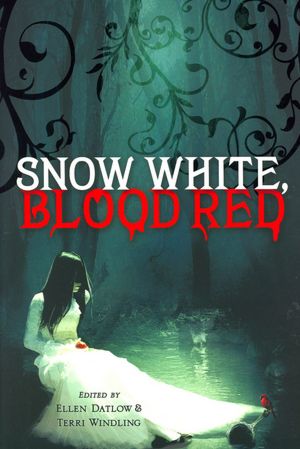In a market saturated with supernatural romance novels (Barnes & Nobles has an entire section devoted to the teenage version of this), it's nice to see something that doesn't quite fit the mold. Martin Millar's Lonely Werewolf Girl fits into that category - I actually found it in the Horror section before Borders went belly up, so maybe it just missed being shoehorned into the previously mentioned section.
Though the book is titled after only one character, there's actually a very wide cast. The 'main character' is Kalix MacRinnalch, a werewolf born on the night of the full moon. As with most female main characters in a paranormal setting, due to the circumstances of her birth, she's special. Kalix is a berzerker, a werewolf who can harness her rage into intense and powerful battle skills. However, the downside is that she can't control it, and in the environment that she's raised (distant, cold mother and a physically abusive father), it makes for a volatile mix. She is the youngest daughter of the Thane of the MacRinnalch clan, the current leader, and as such there are dozens of rules and expectations forced on her from birth.
The story picks up as Kalix has fled Scotland due to having attacked her father in a rage and put him on his deathbed. Kalix's brothers are gathering supporters in an election for who will be the next Thane; her sister, Thrix (a powerful werewolf enchantress), is busy trying to stay out of family politics and run her clothing design business while trying to figure out who is stealing her designs and cater to a meddlesome fire elemental; and then there are the humans, Daniel and Moonglow, who bring all of this insanity into their lives by helping Kalix out through giving her a place to stay.
What really sets this book apart from the usual fare is Millar's writing style. At first I found it incredibly flat and simplified, with very little description or elaboration. But it works for this story: since there's just so much going on, simplfying the writing style allows the reader to keep tabs on all of it. Because then there's Kalix's brother Markus, who's a cross dresser. And her banished boyfriend, Gwaine. Kalix's cousins, Beatix and Delix (yeah, there are a lot of Xtreme Kool Letterz at play here), who are wannabe rockstars and are eventually brought to heel by Dominil. And Dominil has a connection to Sarapen, Kalix's other brother. And all of that is just the werewolves: the fire elementals have their own issues, all of which eventually intermingle with the werewolf drama.
But that isn't to say that the writing doesn't have a poetry of its own. The book is full saturated with gory fighting scenes, and the simple writing allows for the reader to picture the image clearly in their mind, all with their own details to be added. It allows for interpretation and participation by the reader, which is never a bad thing. And watching the characters grow is fun in itself, along with seeing the completion of all of the plot lines. If you're looking for something that's different than Twilight, but not as heavy and potentially mentally scarrying as The Exorcist, I'd definitely reccommend Lonley Werewolf Girl.




